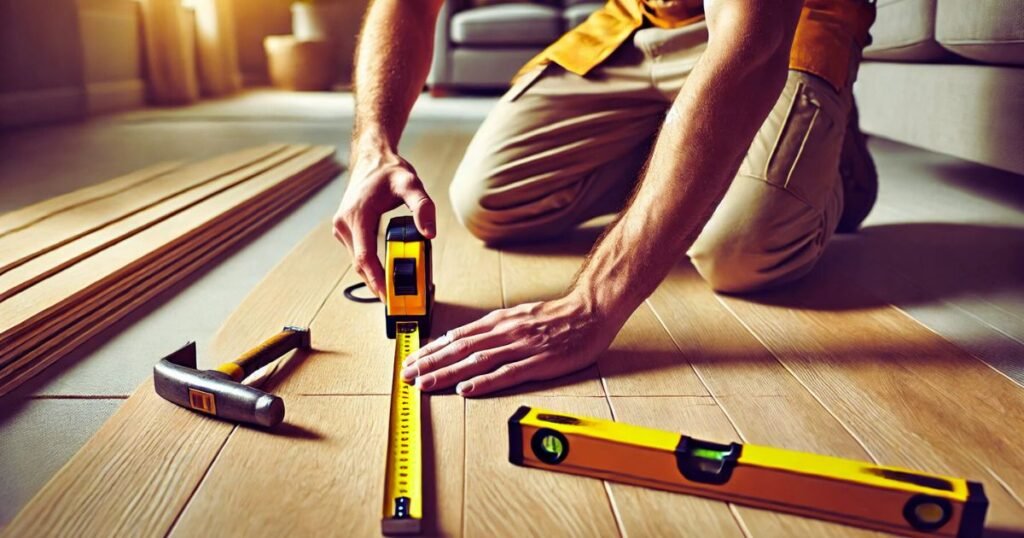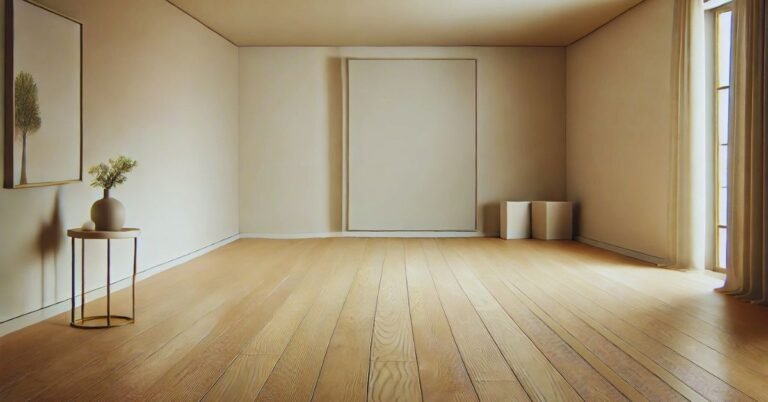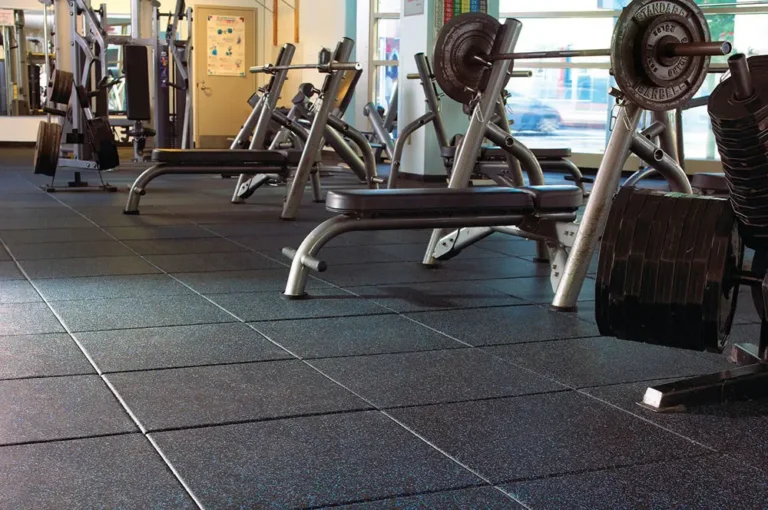5 Common Flooring Mistakes and How to Avoid Them
Flooring is one of the most important aspects of any home or office. It combines both aesthetic and functionality that can withstand the test of time. However, many people make common mistakes during the flooring selection, installation, and maintenance process. Later on, that can result in costly repairs and dissatisfaction with the final result. Here are five common flooring mistakes, and how to avoid them to help you achieve the perfect floor:
Choosing the Wrong Type of Flooring for the Room

The most common mistake is faced when someone chooses the wrong type of floor for a particular room. Not every floor is suitable for every space according to the living place. For example, Hardwood floors are beautiful but not an ideal fit for high-moisture areas such as bathrooms or basements. If we use it for the bathroom or the basement, then there is the possibility of damage by water. Similarly, carpeting is not the best idea for high-traffic areas or houses with pets, as it can become worn down quickly and is more challenging to clean again and again.
How to Avoid It:
Consider the specific needs of the room before choosing a floor type. Vinyl flooring type or tile make great choices for high-moisture areas. Look for hardwood or laminate for high-traffic spaces. If you’re not sure, check in with a flooring expert who can help you select the best flooring option for each space in your home.
Ignoring the Subfloor Condition
Your subfloor plays an essential role in how your flooring performs. Uneven, damaged, or improperly prepared subfloor can result in squeaks, cracks, and an uneven surface for your flooring over time. Unfortunately,, some homeowners neglect the fact that the subfloor is out of shape, and think that the flooring should just cover it, which is a wrong idea about the subfloor.
How to Prevent It:
Check the subfloor carefully before putting down any new flooring. Make any repairs needed before installing, if it shows signs of damage, moisture issues, or unevenness. Before placing your new flooring down, a clean, even, solid subfloor is crucial for maintaining longevity and durability for your floor.
Improper Installation
Installing flooring correctly is just as important as choosing the right material. No matter if you choose hardwood, tile, or vinyl, if it isn’t put in the right place, then you start to see problems like gaps, uneven surfaces, or cracks in your floor. Most of the time, DIYers often make installation mistakes because of their lack of skill. But professionals can avoid as skilled. Besides hiring the wrong installer can lead to a poor final result. For this. You have to choose wisely, a professional flooring expert like a workshop flooring for installing the floor perfectly.
How to Avoid It:
To prevent issues caused by improper installation. It’s important to thoroughly read and understand the instruction manual before beginning the installation of the floor. Taking the time to prepare the installation site and double-checking the compatibility of all components. Ensure a smoother setup. When in doubt, seeking professional assistance can save time, money, and avoid potential damage down the line. Proper installation enhances performance and extends the longevity of the equipment or system.
Neglecting to Consider Maintenance Needs
Some flooring materials, such as hardwood and carpet, require regular maintenance to keep them looking their best. People often neglect this aspect when choosing flooring, thinking these flooring materials are easy to care for. In reality, certain types of flooring require special care, such as refinishing or deep cleaning. But if it is not possible in the early stage, which becomes time-consuming and costly in the future.
How to Avoid It:
Research the upkeep required for all types of material before you install any flooring. If you prefer a floor that is low maintenance, laminate, tile, or vinyl may work best for you. If you’re committed to a more high-maintenance material, such as hardwood, be sure you are prepared for the upkeep that comes with regular care.
Overlooking the Importance of Color and Style Coordination
The flooring color & style can make or break the overall aesthetic of your space. Choosing a floor that disagrees with your walls, furniture, or general décor can create a jarring visual in the environment. Furthermore, others choose trendy floor coverings that may not have long-term appeal or may date their home.
How to Avoid It:
Consider the overall design of your whole space before selecting a floor color or material. Many tones work in most spaces and provide flexibility for later updates. And beware of options that are too trendy, which might not stand the test of time. Invest in styles and colors that won’t lose their appeal and that enhance the look of your home decor for many years to come.
Conclusion
Choosing and installing flooring is a significant investment of both time, money, and personal work. You can achieve a beautiful, durable, and functional floor that enhances your space for years to come by avoiding these common mistakes—wrong type of flooring, poor subfloor preparation, improper installation, neglecting maintenance, and overlooking style coordination. Whether you’re renovating or designing from scratch, this guide helps you make informed choices and steer clear of expensive mistakes.









